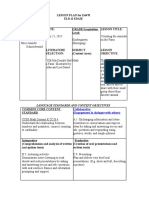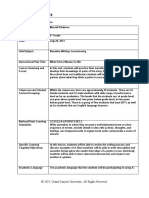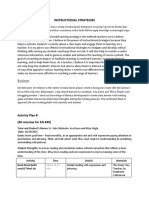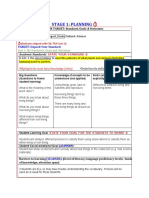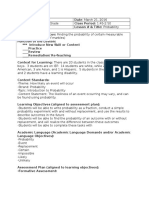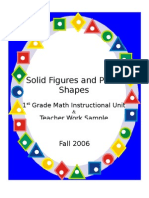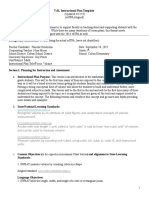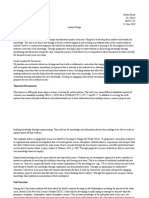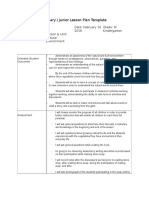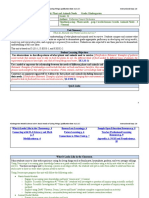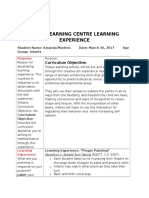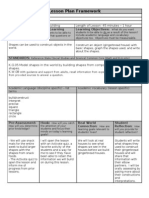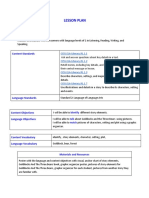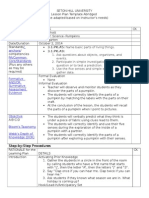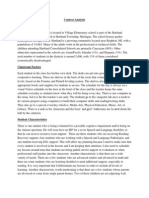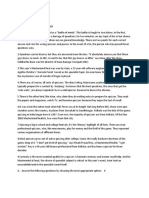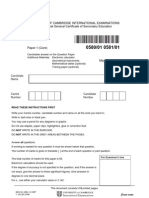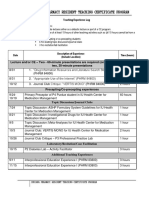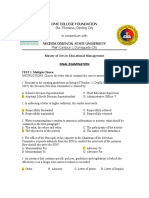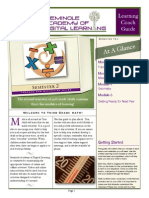0% found this document useful (0 votes)
142 views2 pagesText Complexity Apple
This document provides a text complexity analysis of the informational text "Apples for Everyone" by Jill Esbaum. It recommends the text for grades 4-5 based on quantitative measures. The text structure, language features, meaning/purpose, and knowledge demands are described as moderately complex. Possible areas of instructional focus include identifying stages of life cycles for plants and animals, asking and answering questions about key details and meanings of words, and using text features. Potential challenges are some unknown vocabulary and understanding life cycles. Differentiation supports suggested are varied reading groups, defining terms, reviewing text features, and creating organizers.
Uploaded by
api-350961453Copyright
© © All Rights Reserved
We take content rights seriously. If you suspect this is your content, claim it here.
Available Formats
Download as DOCX, PDF, TXT or read online on Scribd
0% found this document useful (0 votes)
142 views2 pagesText Complexity Apple
This document provides a text complexity analysis of the informational text "Apples for Everyone" by Jill Esbaum. It recommends the text for grades 4-5 based on quantitative measures. The text structure, language features, meaning/purpose, and knowledge demands are described as moderately complex. Possible areas of instructional focus include identifying stages of life cycles for plants and animals, asking and answering questions about key details and meanings of words, and using text features. Potential challenges are some unknown vocabulary and understanding life cycles. Differentiation supports suggested are varied reading groups, defining terms, reviewing text features, and creating organizers.
Uploaded by
api-350961453Copyright
© © All Rights Reserved
We take content rights seriously. If you suspect this is your content, claim it here.
Available Formats
Download as DOCX, PDF, TXT or read online on Scribd
/ 2

















